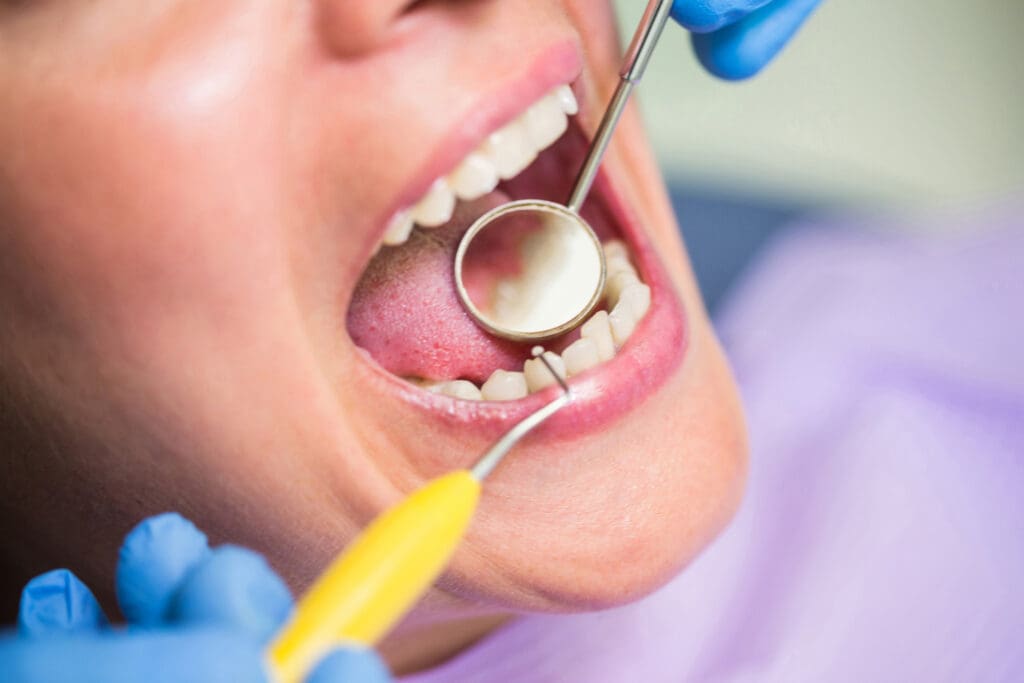If you’ve noticed your gums starting to pull back from your teeth, you’re not alone. Gum recession is a common issue that can make teeth appear longer, cause sensitivity, and even lead to tooth loss over time. Fortunately, gum grafting is a proven treatment that can restore your gumline, improve your oral health, and give you back your confident smile.
Let’s break down what gum grafting is, why it’s important, and how it helps protect your teeth for the long run.
What Is Gum Grafting?
Gum grafting is a surgical procedure that replaces lost gum tissue around your teeth. When gums recede, the roots of your teeth become exposed, leaving them vulnerable to sensitivity, decay, and even bone loss.
During the procedure, your dentist or periodontist carefully places new gum tissue — often taken from another part of your mouth — over the exposed areas. The grafted tissue then integrates with your existing gums, creating a stronger, healthier gumline.
Why Gum Grafting Matters for Your Oral Health
Gum recession isn’t just a cosmetic concern. It can significantly affect your dental health. Here’s how gum grafting helps protect your smile:
- Prevents Further Recession Grafting stops gum loss from progressing, keeping your teeth stable and protected.
- Covers Exposed Roots By restoring coverage over the tooth roots, grafting reduces sensitivity and prevents root decay.
- Improves Appearance A restored gumline enhances the look of your smile, making your teeth appear more natural and proportionate.
- Protects Tooth Structure Healthy gums act as a seal against bacteria. Grafting restores that barrier and helps maintain long-term tooth stability.
- Supports Better Overall Health Treating gum recession can reduce inflammation and help prevent complications linked to periodontal disease, which has been associated with heart disease and diabetes.
What to Expect from the Gum Grafting Procedure
The process typically involves three main steps:
- Consultation and Planning Your dentist will assess your gum health, determine the cause of recession, and discuss the best type of graft for your case.
- Tissue Placement During the procedure, the graft material — either your own tissue or a donor source — is placed and sutured over the receded area.
- Healing and Recovery Most patients experience mild soreness for a few days, which is easily managed with rest and post-care instructions. The graft gradually heals and blends with your natural gum tissue.
Recovery time varies depending on the extent of the graft, but most patients return to normal activities within a week.
Protecting Your Smile After Treatment
To maintain your results and prevent future gum recession:
- Brush gently with a soft-bristled toothbrush.
- Floss daily to keep plaque under control.
- Avoid aggressive brushing or hard foods during healing.
- Keep up with regular dental visits.
Your dentist may also recommend specific mouth rinses or desensitizing toothpaste to promote healing.
Final Thoughts
Gum grafting isn’t just about aesthetics — it’s an important step in protecting your teeth and preserving your oral health. If you’re experiencing gum recession or sensitivity, don’t wait for it to worsen.
At Schaefer Dental Group, our team provides expert gum grafting procedures designed to restore your gums, enhance your smile, and protect your teeth for years to come.





